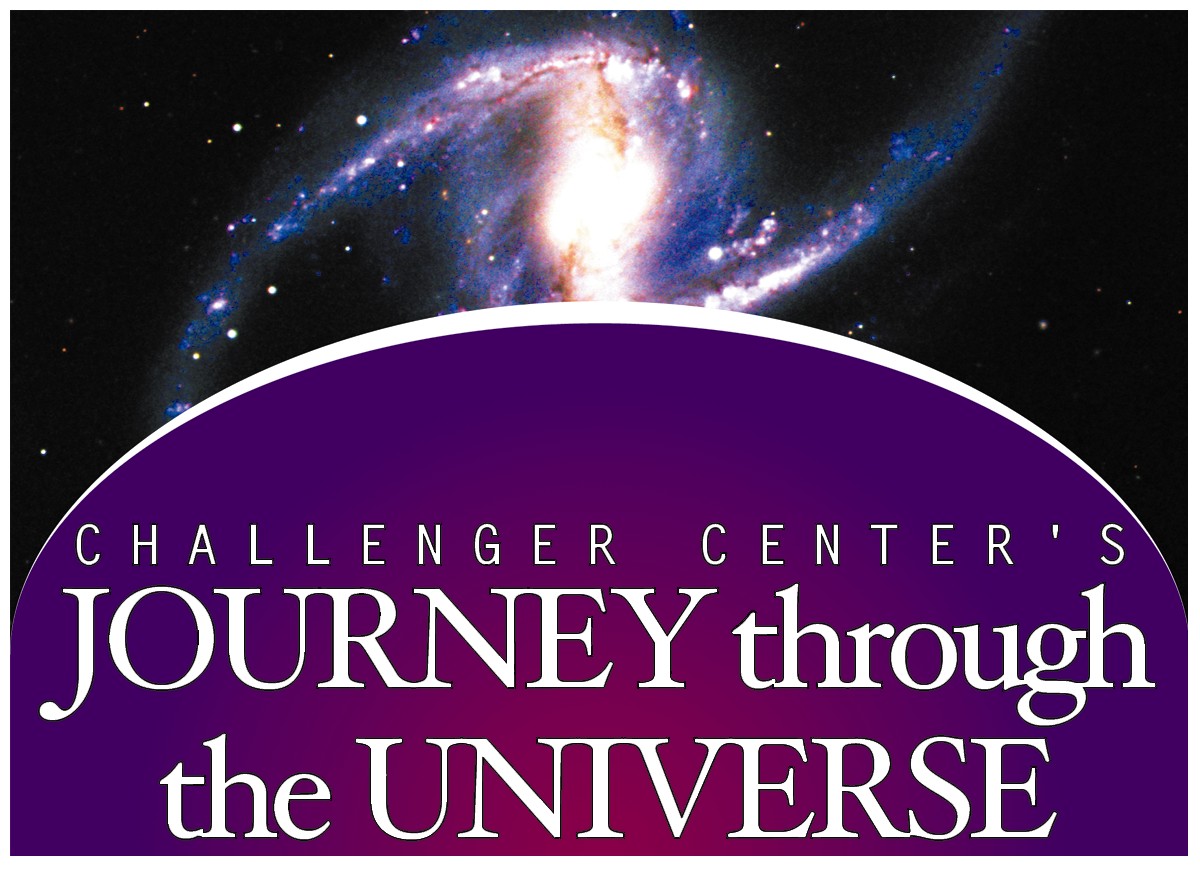Kamuela (February 2nd, 2006) The Board of the California Association for Research in Astronomy (CARA), the governing body for the W. M. Keck Observatory, is pleased to announce that Dr. Taft E. Armandroff has been appointed director of the Observatory, effective July 1, 2006. He will succeed Dr. Frederic H. Chaffee, who will end his second 5-year term as Director on June 30th.
“The CARA Board is very pleased that Taft Armandroff has accepted this position,” said Dr. C. Judson King, chairman of the CARA Board. “Dr. Armandroff has demonstrated a clear understanding of the unique opportunities available to Keck and possesses the vision and insight to move the Observatory forward in the years ahead.”
Armandroff is associate director at the National Optical Astronomical Observatory (NOAO) in Tucson, Ariz. He is also director of the Gemini Science Center at NOAO where he is responsible for having developed robust user support for U.S. users of the Gemini North and South telescopes, as well as overseeing the construction of several powerful instruments for them. “Dr. Armandroff’s experience in both of these areas will be of enormous value to the Keck Observatory and its users,” said King.
In accepting this appointment, Armandroff said “It is truly an honor and a privilege to be asked to lead such a dynamic and accomplished organization as the W.M. Keck Observatory. I am eager to work with its staff, the CARA Board and the community of Keck astronomers to keep Keck at the forefront of scientific discovery.”
Armandroff, who is a widely recognized research astronomer in the fields of dwarf spheroidal galaxies, globular clusters, and dark matter, also has significant ties to Hawaii through his work with the Gemini Observatory in Hilo. His appointment will help continue the working collaboration between the Keck and Gemini Observatories to improve scientific capabilities at Mauna Kea, while respecting the mountain’s distinctive environmental and cultural resources.
The present Keck Director Dr. Frederic Chaffee will be stepping down after ten years at the helm of the Observatory. “When I accepted this extraordinary position in 1996, I made it clear to the Board that I would be the Director for no more than a decade. A great, young, world-class research facility like the Keck Observatory thrives on innovation and new ideas. It is always healthy to bring in fresh ideas in top level management as well, and I’m thrilled that an astronomer of Dr. Armandroff’s caliber will lead Keck toward its even brighter future. For myself, I intend to remain in Hawaii and contribute in any way I can to astronomy’s future here, the best place on the planet for astronomical research. My decade at Keck has been the highlight of my long and fulfilling career in astronomy.”
During his tenure, Chaffee’s leadership nurtured the development and implementation of the adaptive optics science program at the Keck Observatory. The field of adaptive optics is considered by many to be the most important technological breakthrough in astronomy since the invention of the telescope more than 400 years ago. Chaffee also worked closely with NASA and the Jet Propulsion Laboratory to develop the Keck Interferometer, an instrument that combines the infrared light of both Keck telescopes for large improvements in resolving power. The Keck Interferometer is now being used to search for large planets orbiting stars other than the Sun.
CARA Board Chairman King said, “Fred Chaffee is the reason the Keck Observatory has reached its enormous international stature. We are considerably in his debt for all that he has done, and we are delighted that he will remain in Waimea and contribute further.”
The W. M. Keck Observatory is managed by the California Association for Research in Astronomy, a non-profit 501 (c) (3) corporation whose board of directors includes representatives from Caltech, the University of California and NASA.


